Revision Notes: Genetics - Some Basic Fundamentals | Preparation for EmSAT Grade 10 PDF Download
Genetics
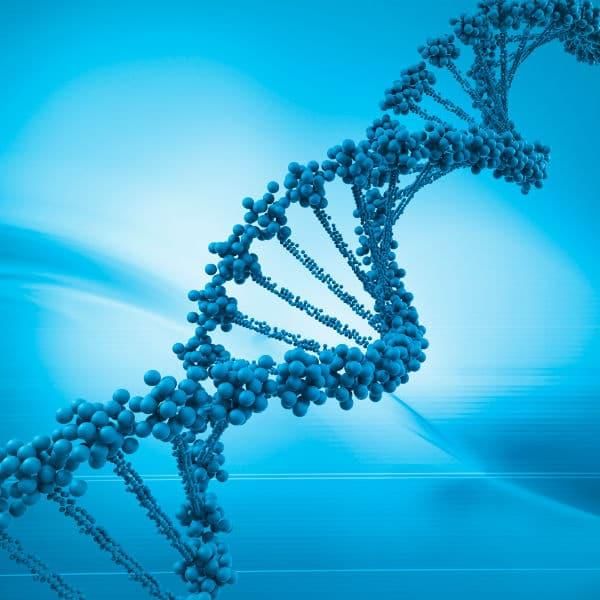
Genetics is the study of how traits are passed down from parents to their offspring and the rules that govern this process.
Heredity
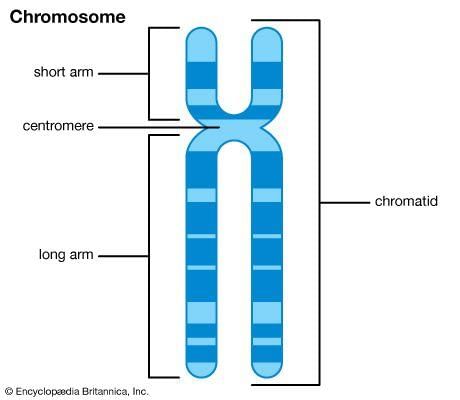
Heredity is the process by which traits are transmitted from parents to their children through successive generations.
Variation
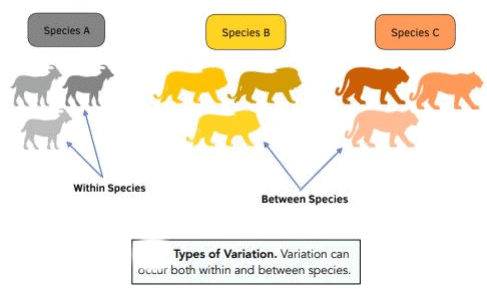
Variation refers to the differences in traits among individuals of the same species. For instance, while most people have free earlobes, where the earlobe hangs down, some have attached earlobes, where the earlobe is closely connected to the side of the head.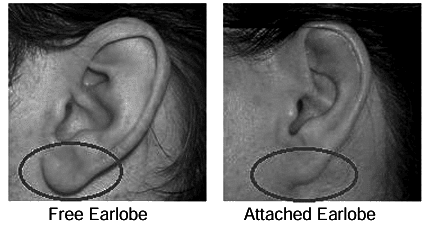
Chromosomes
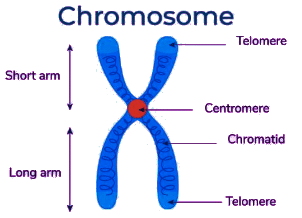
Chromosomes are thread-like structures found in the nucleus of a cell. They are made up of DNA and carry genes. The number of chromosomes is constant for individuals of a species. For example, humans have 46 chromosomes.
Here are some examples of different organisms and their chromosome numbers:
- Mouse: 40 chromosomes
- Gorilla: 48 chromosomes
- Monkey: 54 chromosomes
- Dog: 78 chromosomes
- Onion: 16 chromosomes
- Maize: 20 chromosomes
A pair of corresponding chromosomes of the same shape and size, one from each parent, is known as homologous chromosomes.
Chromosomes
- Autosomes (22 pairs in humans)
- Sex Chromosomes (23rd pair of chromosomes in humans)
Sex Determination
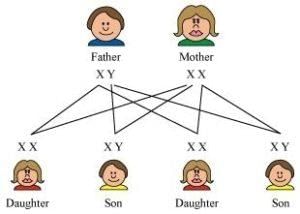
Sex determination is the process that determines whether a person will be male or female. This is based on the combination of sex chromosomes they inherit.
- There are two types of sex chromosomes: X and Y.
- Males have one X and one Y chromosome (XY).
- Females have two X chromosomes (XX).
The sex of the baby is determined at fertilization, when the sperm and egg combine.
- If a sperm carrying an X chromosome fertilizes an egg (which always carries an X chromosome ), the combination will be XX, resulting in a female (girl).
- If a sperm carrying a Y chromosome fertilizes an egg, the combination will be XY, resulting in a male (boy).
This means that the father determines the sex of the baby.
Genes
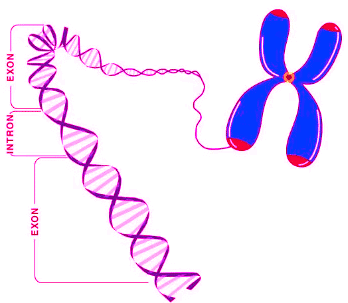
Genes are segments of DNA located on chromosomes that determine inherited traits. They are responsible for passing characteristics from parents to their offspring. Genes usually work in pairs.
Each gene has two different forms called alleles, which can produce different effects for a particular trait. The different forms of a trait are known as traits.
- Dominant and Recessive Genes: A dominant gene determines the appearance of an organism even if an alternative gene is present. In contrast, a recessive gene only influences an organism's appearance when another identical gene is also present.
- Genotype and Phenotype: The combination of genes in an organism is called its genotype. Characteristics that are controlled by genes and are visible in an organism are referred to as its phenotype.
Example: Tongue Rolling: An example of a trait is tongue rolling, where individuals can either roll their tongues or cannot roll them.
Inheritance Example: Tongue Rolling
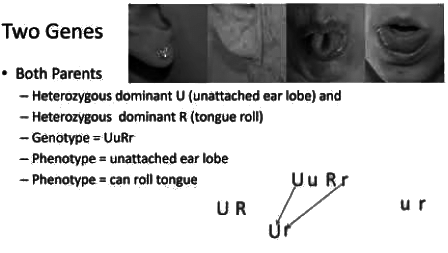
Genes involved: Tongue Rolling (Dominant) - Gene 'R' Non-Rolling (Recessive) - Gene 'r'
- Phenotypes for Tongue Rolling:
- Homozygous Dominant (RR): Two identical dominant alleles.
- Heterozygous Dominant (Rr): One dominant and one recessive allele.
- Symbols in Pedigree:
- ○ (Circle): Represents a female.
- □ (Square): Represents a male.
- Hollow symbols: Indicate the usually expressed trait (tongue rolling).
- Solid symbols: Indicate the unusual expressed trait (non-rolling of the tongue).
Analysis of the Chart:
- Parents: Both parents are tongue rollers.
- Children: Out of three children, two can roll their tongues, and one cannot.
- Third Child (Non-Roller): The presence of the recessive allele 'rr' indicates that this child received one 'r' allele from each parent.
- Parental Genotypes: Since the third child has the 'rr' genotype, both parents must be heterozygous for tongue rolling (Rr).
Sex-linked Inheritance
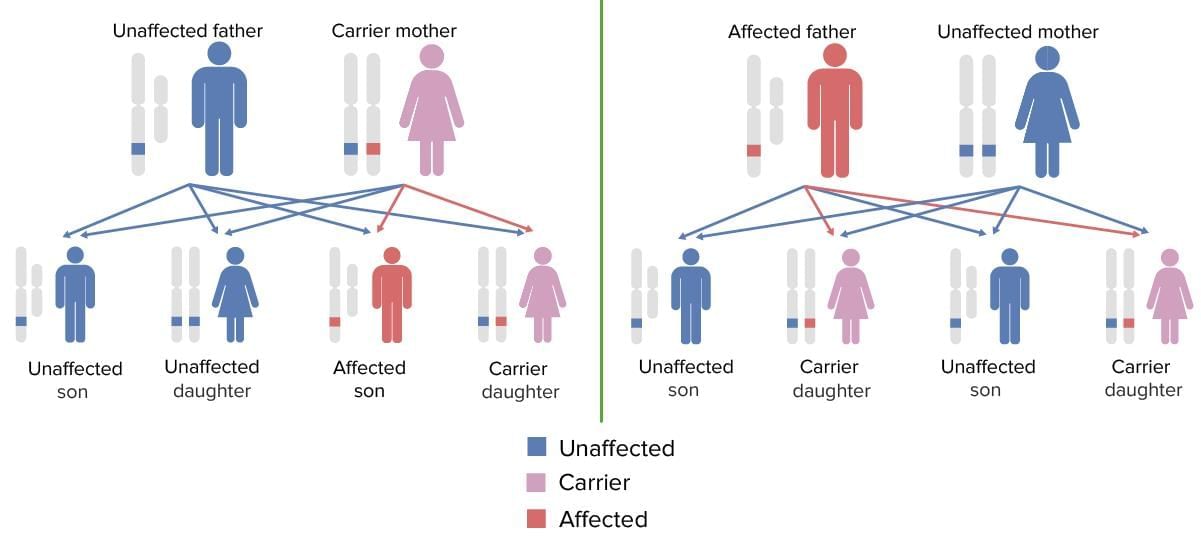
Sex-linked inheritance refers to the inheritance of a trait that is determined by an allele present exclusively on the X or Y chromosome.
X-linked Inheritance
- Defects occur due to recessive genes located on the X chromosome.
- Examples include colour blindness and haemophilia.
Haemophilia
- In haemophilia, the patient is at risk of bleeding to death because their blood either fails to clot or takes an extended period to clot.
Colour Blindness
- A colour-blind individual is unable to distinguish between red and green colours.
Case 1: Normal mother (XX) × Colour-blind father (XoY)
Criss-cross Inheritance
- X-linked inheritance is also known as criss-cross inheritance because a son may inherit a trait from his normal carrier mother.
Y-linked Inheritance
- Traits associated with Y-linked inheritance are caused by dominant genes located on the Y chromosome.
- These traits occur exclusively in males.
- Examples include hypertrichosis (excessive hair growth on the ears) and baldness.
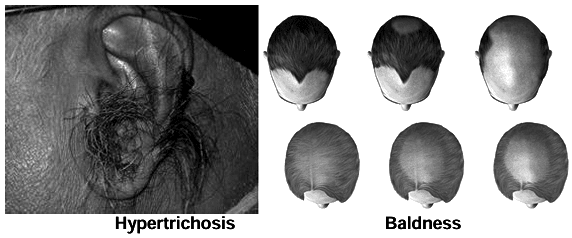
Mendel's Experiments on Inheritance
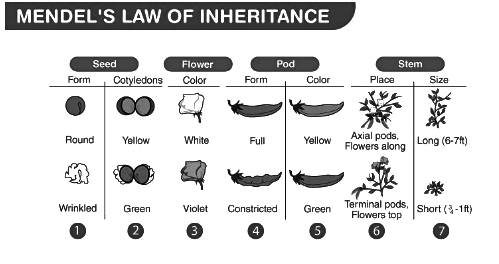
Gregor Mendel conducted systematic studies on how traits are passed down from one generation to the next, earning him the title of the Father of Genetics.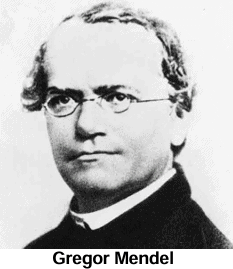 Gregor Mendel
Gregor Mendel
Mendel's experiments were focused on Pisum sativum, commonly known as the garden pea. He chose this plant for several reasons:
- There were many varieties of peas available, each with different forms of a particular trait.
- The pure forms of these varieties bred true, meaning they produced the same type of offspring generation after generation.
- While the garden pea is primarily self-pollinating, it can also be cross-pollinated artificially, allowing for controlled breeding experiments.
Mendel studied seven pairs of contrasting traits in the garden pea, which are now known as Mendel's Laws of Inheritance.
Monohybrid Cross
In a monohybrid cross, Mendel focused on a single trait by crossing plants with contrasting characteristics. For example, he crossed a pure tall pea plant (TT) with a pure dwarf pea plant (tt).
- Phenotypic Ratio: The ratio of different physical traits observed in the offspring.
- Genotypic Ratio: The ratio of different genetic combinations in the offspring.
- F1 Generation: All plants in this generation were heterozygous tall (Tt).
- F2 Generation: This generation produced one homozygous tall plant (TT), two heterozygous tall plants (Tt), and one homozygous dwarf plant (tt).
Dihybrid Cross
In a dihybrid cross, Mendel studied two traits simultaneously by crossing plants with round yellow seeds (RRYY) and plants with wrinkled green seeds (rryy).
- Phenotypic Ratio: The ratio of different physical traits observed in the offspring was 9:3:3:1.
- Dihybrid Ratio: This ratio is obtained by breeding two pairs of contrasting traits.
Mendel’s Laws of Inheritance
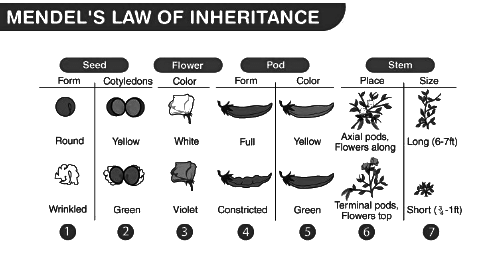
Law of Dominance
- When a pair of contrasting traits are present together, only one can express itself while the other is suppressed.
Segregation
- The two members of a pair of factors separate during the formation of gametes.
Law of Independent Assortment
- When dealing with two pairs of contrasting traits, the distribution of one pair into gametes is independent of the distribution of the other pair.
Application of Mendel’s Laws
- Provides insight into new combinations in the offspring.
- Helps in predicting the frequency of traits in the new generation.
- Facilitates the production of better quality plant and animal breeds.
- Through hybridization, new types of plants with beneficial combinations of traits can be developed.
Mutation
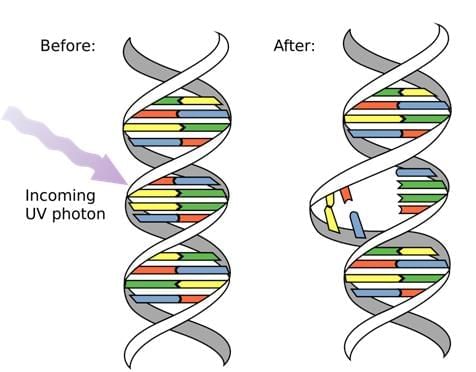
Mutation refers to a sudden alteration in one or more genes, or in the number or structure of chromosomes.
Sickle Cell Anaemia
- Sickle cell anaemia is a blood disorder caused by a mutation in a single gene.
- This mutation leads to changes in the DNA, resulting in the production of red blood cells (RBCs) that are sickle-shaped instead of the normal disc shape.
Down’s Syndrome
- Down's syndrome is a genetic condition characterized by intellectual disability.
- It is caused by the presence of an extra chromosome, specifically an extra copy of chromosome number 21.
Radioactive Radiations
- Radioactive radiations can cause alterations in the structure of genes.
- For instance, the atomic explosions during World War II in 1945 in Japan resulted in significant genetic deformities in both animals and plants due to the impact of radioactive radiation.
Modern Applications of Genetics
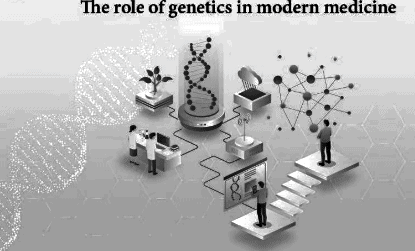
Genetic Engineering is a technique that involves altering the genetic makeup of an organism by introducing new genes into its genome. This process leads to the creation of Genetically Modified Organisms (GMOs). One of the earliest and notable products of genetic engineering is insulin hormone, which was produced using this advanced technology.
|
29 videos|255 docs|56 tests
|
FAQs on Revision Notes: Genetics - Some Basic Fundamentals - Preparation for EmSAT Grade 10
| 1. What is X-linked inheritance and how does it affect males and females differently? |  |
| 2. What is criss-cross inheritance and how is it related to X-linked traits? |  |
| 3. Can males inherit Y-linked traits, and what are some examples of such traits? |  |
| 4. How do Mendel's laws apply to monohybrid and dihybrid crosses? |  |
| 5. What are the genetic causes and implications of Sickle Cell Anaemia and Down's Syndrome? |  |
















